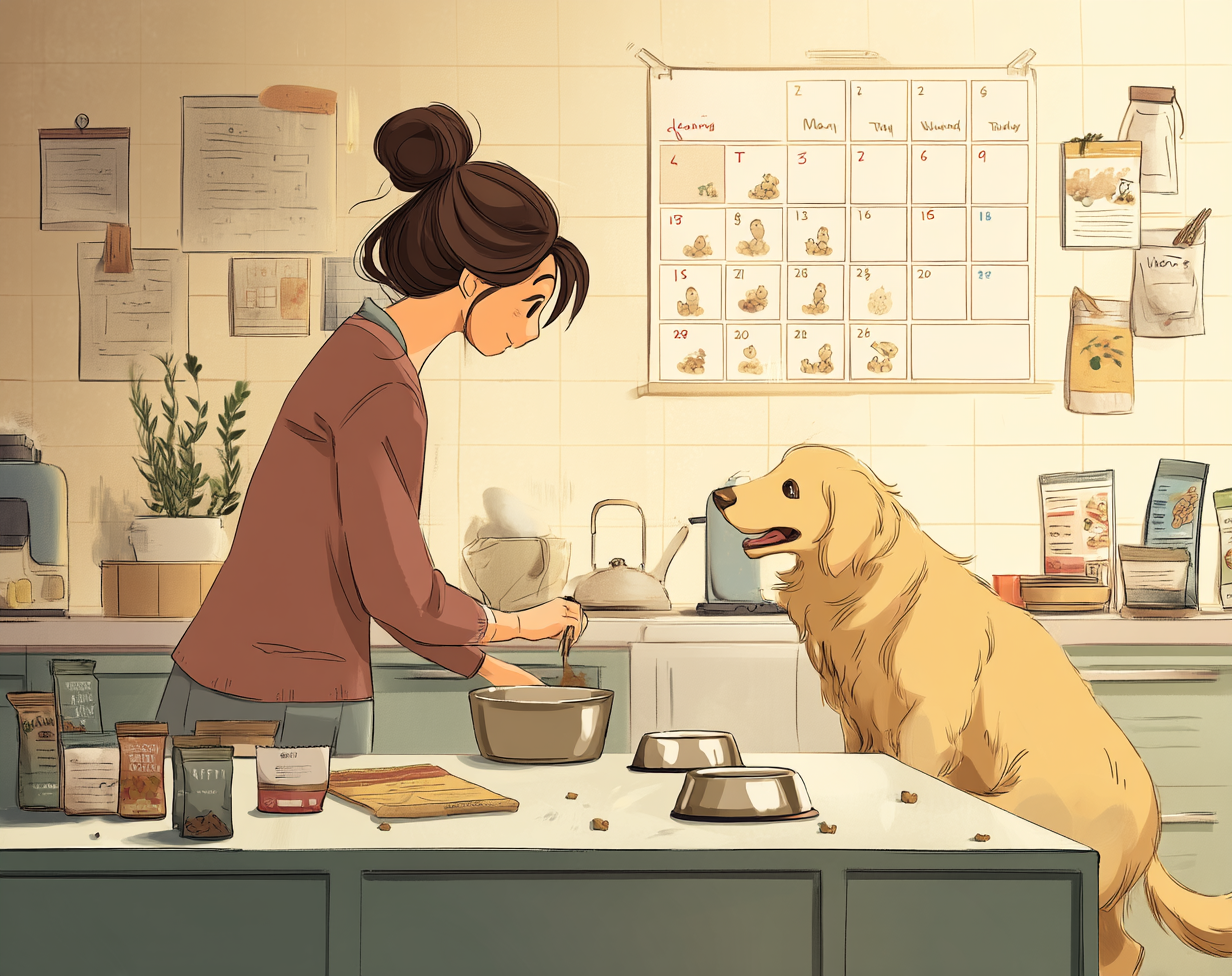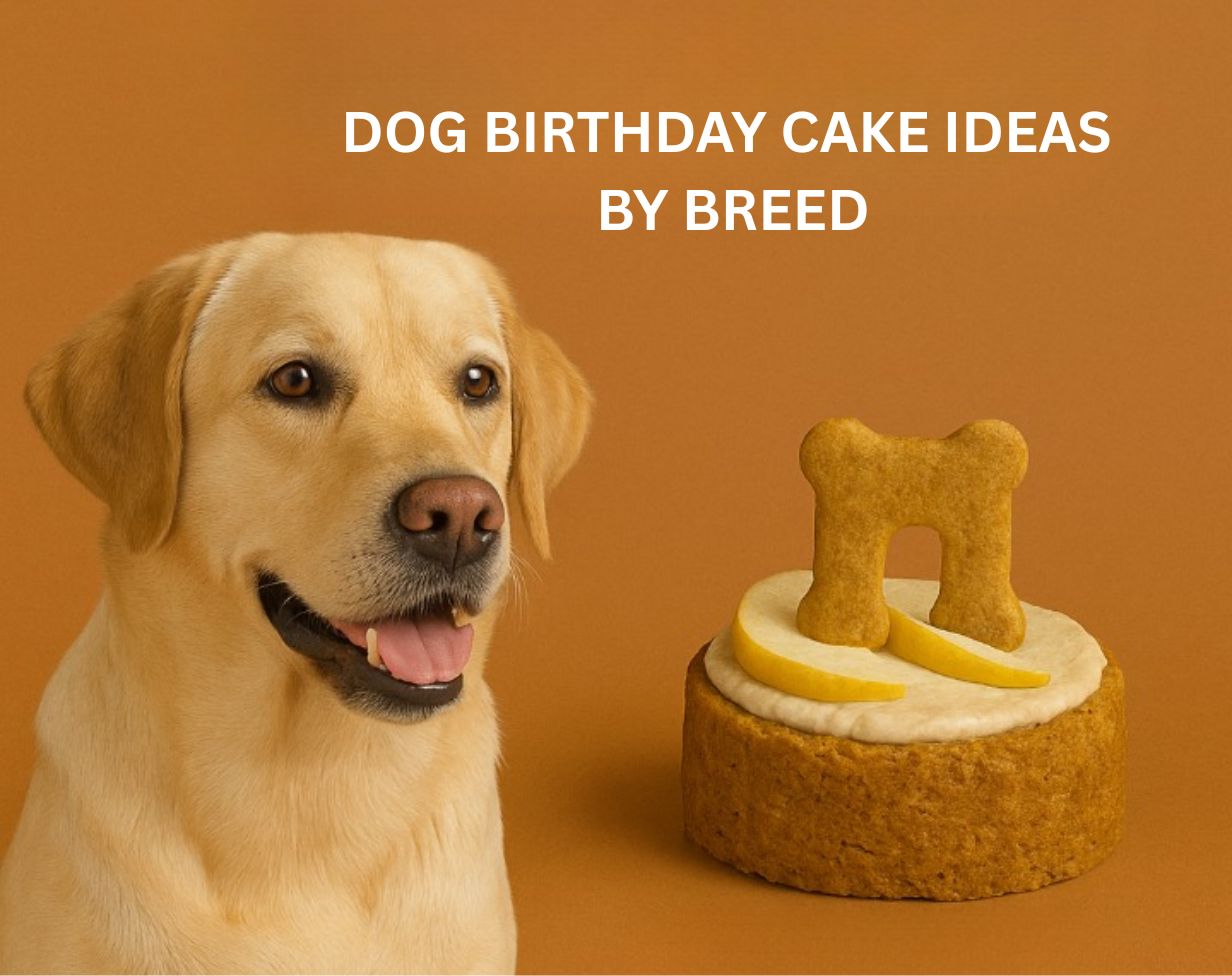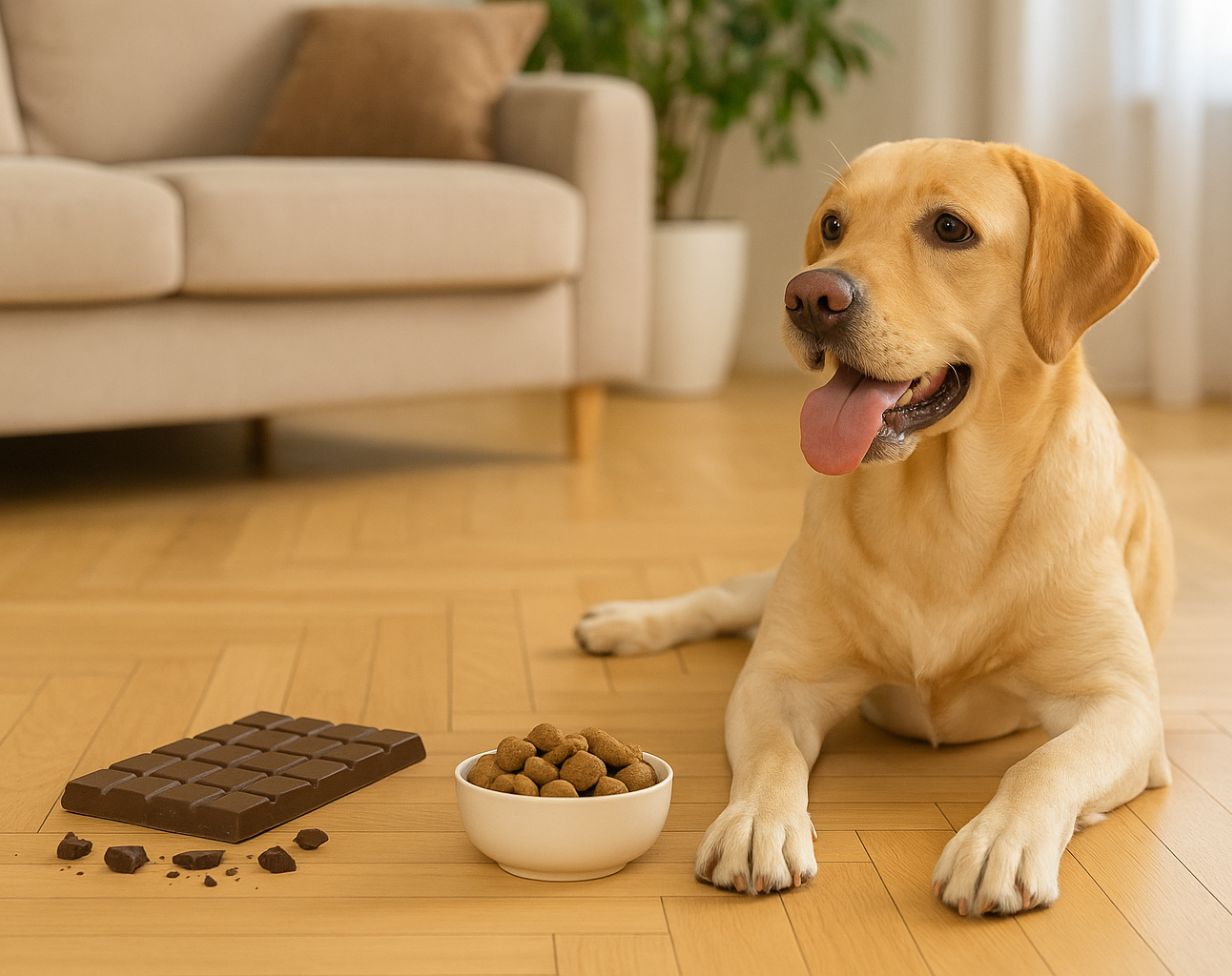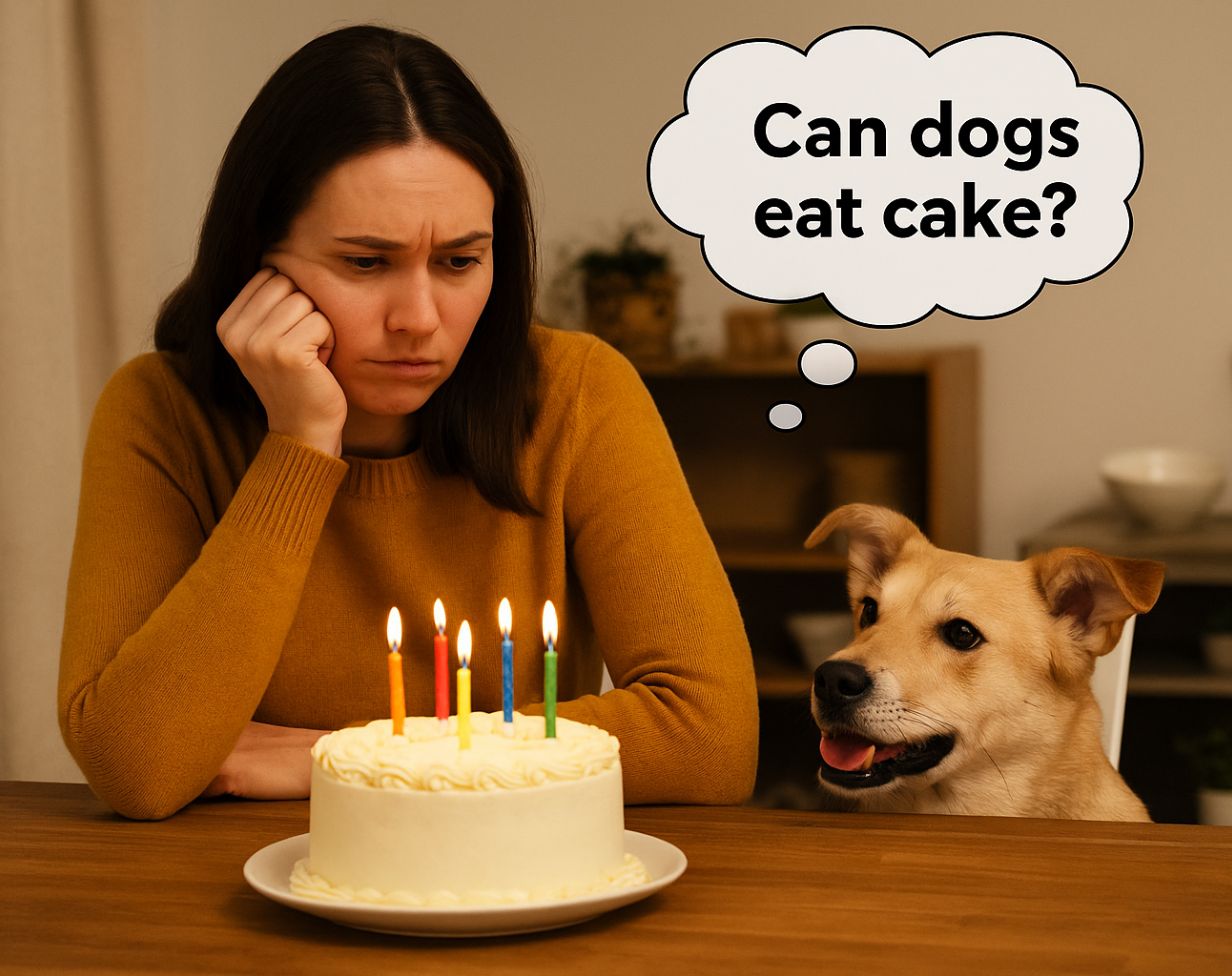Dietary changes can be a necessary part of dogs’ lives for multiple reasons. This change may be necessary for managing pet health issues. But here comes the biggest question: What is the best way to switch from puppy food to adult food. When it comes to switching dog food safely with no hassles, you need an ideal mix of old and new dog treats. To ensure a smooth transition, try rotational diets. This Indian dog food switching guide helps you understand the pet diet transition timeline along with rotational diet issues and recommendations.
Why is Food Rotation Mandatory?
A gradual diet transition prevents digestive upset. This planned change lets your pets’ stomachs adjust. It can relieve them from issues of bloating and diarrhea. Moreover, it supports nutrient absorption and gut health. While mixing new food into old food, make sure you seriously look at the quantity. Stick to a vet-recommended dog feeding chart for better results. If your dog shows the following signs, make sure it is time to change your dog’s food.
- Allergies (itching, rashes, ear infections)
- Digestive issues (diarrhea, vomiting, bloating)
- Aging (puppy to adult, adult to senior)
- Veterinary recommendation (specific health conditions)
- Preference or availability issues
For more information on dog feeding charts, read our article: The Ultimate Dog Feeding Chart: Perfect Meal Portions for Healthy Eating.

Step-by-Step Transition Plan
Once you are ready to change your pet’s regular diet, it is time to adopt a step-by-step plan that consists of the following moves:
1. Choose the right time
Look at your pet’s health status before making any dietary changes. Meet a vet first if your pet has a sensitive stomach. Introduce new food when your pet is stable. Also check the pet’s stress level.
2. Select a high-quality food with nutritional value
Make sure the food you choose is suitable for your pets’ health, age, and dietary needs. Check the new and old food composition before making any big decision.
3. Start with a gradual introduction
Change dog food gradually by introducing a small amount of new food in the existing food. Use a ratio of about 90% old food to 10% new food. Look for the pet’s reaction to the new food and signs of digestive upset. Check the gradual pet food transition timeline below.
4. Increase the new food steadily
Gradually increase the quantity of the new food and decrease the old food. Try this ratio for the next two days through meals, thrice a day. If you see any health issues in pet, simply slow down the change and visit a vet ASAP. Check the quick pet food transition timeline below.
5. Adjust food portions and feeding frequency
Feed pets with correct portions of newly introduced food’s nutritional content. Remember that under- and overfeeding can lead to poor eating habits and health issues. So, maintain a consistent feeding schedule.
6. Be observant
Transition always takes time. So here patience is the key.
Dog Food Transition Timeline
Stick to the following suggested timeline for gradual and quick pet food transition.
7-Day Gradual Dog Food Transition Plan
Try a 7-day plan at the initial stage to safely switch your dog to a new diet. Stick to the following ratio to mix new and old foods adequately.
| Day | New Food (%) | Old Food (%) |
| 1 | 10% | 90% |
| 2 | 20% | 80% |
| 3 | 30% | 70% |
| 4 | 40% | 60% |
| 5 | 60% | 40% |
| 6 | 80% | 20% |
| 7 | 100% | 0% |
If your dog has a history of dietary change issues, you can take it even more slowly. In case the pet shows signs of vomiting or diarrhea, reverse the food plan. You can call your vet.

2-Day Quick Dog Food Plan
Sometimes unavailability of old food, urgent health reasons, and sudden dietary restrictions make you change pet food without a transition period. Note that some dogs may feel uncomfortable with this quick food plan and develop some digestion issues. Try this dog food plan for a couple of days only and see results.
| Day and Meal | Dog Feeding Instructions |
| Day 1, Meal 1 | Offer ¼ of a normal meal. If uneaten in 30 min, remove food until the next meal. |
| Day 1, Meal 2 | If the last meal was eaten, increase the portion. If not, offer a small amount again. |
| Day 1, Meal 3 | Follow the same rule. |
| Day 2, Meal 1 | Increase the portion if the last meal was eaten. Then, offer a small amount. |
| Day 2, Meal 2 | Same as before. |
| Day 2, Meal 3 | If previous meals were eaten well, offer dogs a full normal portion. |

How to change dog food brand without upset stomach?
Slow transition by mixing new food over 7 days.
How to change dog food without causing diarrhea?
Increase new food gradually while monitoring for digestive issues.
Conclusion
Pet food rotation is important. Gradual food transitions prevent digestive issues. Consulting vets and monitoring food reactions matter the most.
Helpful Posts:
70+ Unique Indian Male and Female Dog Names for Your Darling Pets
Top 11 Fun Ways to Make and Celebrate National Puppy Day Special in India




